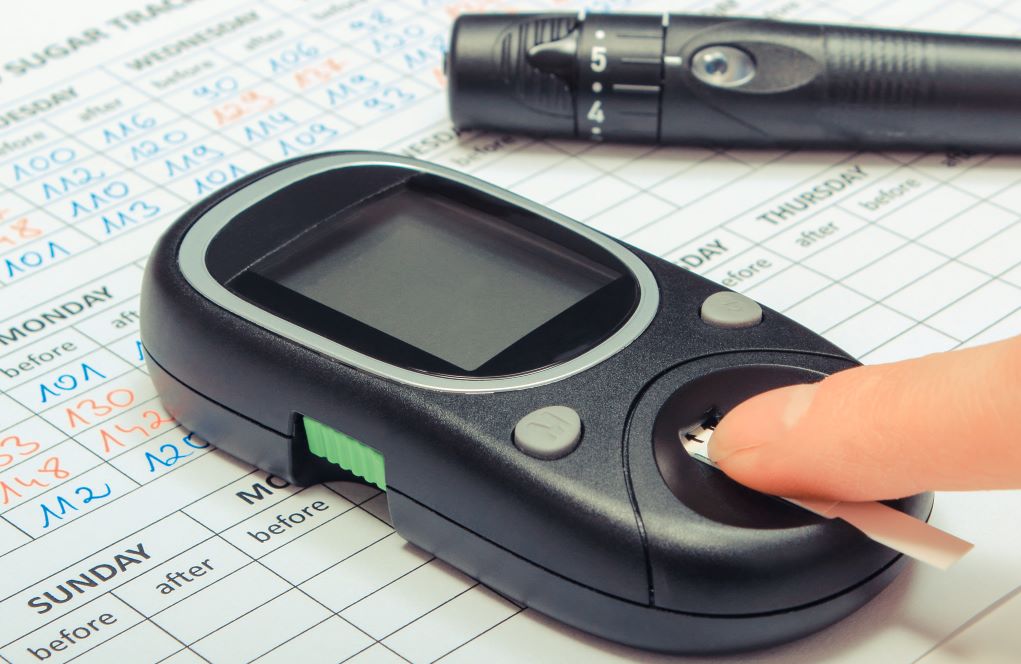Introduction
Every parent's problem is the idea of their newborn encountering an important emergency situation. Understanding cardiopulmonary resuscitation (CPR) techniques specifically tailored for infants can be the difference between life and death in such situations. Yet, lots of moms and dads are uninformed of the unique procedures involved in performing CPR on babies. This extensive overview intends to gear up every parent with essential understanding and skills pertaining to CPR on infants, diving right into special techniques that can save lives.
CPR on Newborns: One-of-a-kind Strategies Every Moms And Dad Need To Know
Cardiopulmonary resuscitation (CPR) is a lifesaving method made use of in emergencies when someone's breathing or heartbeat has stopped. While the majority of people are familiar with grown-up CPR, the methods vary dramatically when it involves infants. The delicate nature of a newborn needs certain strategies that vary from those utilized on older children and adults.
Understanding Baby Makeup and Physiology
Before diving right into CPR techniques, it's essential to comprehend the composition and physiology of a newborn. Newborns have smaller lungs, vulnerable ribs, and a different circulatory system than grownups. Knowing these differences can assist moms and dads execute CPR more effectively.
The Importance of Airway Management
Newborns' air passages are smaller sized and extra prone to obstruction; therefore, airway monitoring is vital throughout an emergency. Moms and dads need to discover just how to appropriately remove a respiratory tract to guarantee effective breathing restoration.
Recognizing When to Perform CPR
One of the very first steps in any emergency situation is recognizing when CPR is needed:
- Unresponsiveness: If your baby isn't reacting or moving. No Breathing: If your child isn't taking a breath generally or at all. Abnormal Skin Color: A bluish color around lips or face shows lack of oxygen.
Initial Assessment: The DRSABCD Approach
The DRSABCD technique is essential for examining any emergency situation:
D - Danger: Guarantee the atmosphere is safe. R - Response: Examine if the infant responds by gently drinking them. S - Send for Help: Ask for emergency help if needed. A - Airway: Open the air passage by turning the head back gently. B - Breathing: Look for signs of breathing. C - Compression: If no breathing is detected, commence CPR. D - Defibrillation: Utilize an AED if offered and experienced to do so.The Steps to Do Baby CPR
Performing CPR on a newborn varies greatly from adults due to their dimension and frailty:

1. Positioning
Lay the baby on their back on a company surface.
2. Opening Airway
Gently turn the head back somewhat to open up the respiratory tract while ensuring not to exhaust it.
3. Check Breathing
Look for chest activities and pay attention for breath sounds for about 10 seconds.
4. Chest Compressions
Using two fingers put simply below the nipple line, lower roughly 1/3 deepness of their upper body (concerning 1-1.5 inches) at a price of 100-120 compressions per minute.
5. Rescue Breaths
After every 30 compressions, offer 2 gentle rescue breaths:
- Seal your lips around their mouth and nose, Deliver each breath over one secondly while observing for upper body rise, Repeat till you see indications of life or assistance arrives.
Common Blunders Throughout Baby CPR
Even well-intentioned efforts may falter because of common mistakes:
- Applying way too much pressure during compressions can trigger injury. Failing to make certain appropriate head tilt might obstruct airflow. Not asking for support early sufficient can delay important care.
Mental Prep work for Emergencies
It's natural to feel panic in emergency situations; however, mental preparation plays a crucial duty in properly executing first aid measures:
- Remain calmness; worrying prevents clear thinking. Practice mindfulness techniques prior to going into parenthood.
FAQs Concerning CPR on Newborns
What must I do if my newborn stops breathing?
If your newborn quits breathing, swiftly examine their responsiveness, phone call for aid, examine their air passage, and commence CPR as detailed above.

How usually should I take first aid courses?
It's suggested that moms and dads refresh their expertise every two years by taking first aid training courses or details infant CPR training sessions.
Can I utilize an AED on an infant?
Generally speaking, AEDs are not suggested for infants under one years of age unless especially created for such usage; always adhere to maker's instructions.
Where can I locate first aid courses near me?
You can look online using terms like "first aid training course first aid and cpr course near me" or check neighborhood medical facilities or recreation center that frequently offer these courses regularly.

How long does a first aid certification last?
Typically, the majority of first aid qualifications continue to be valid for 3 years prior to requiring revival via refresher courses that include updated techniques like DRSABCD protocols.
Is it needed to discover mental health and wellness first aid as well?
Absolutely! Mental wellness first aid furnishes parents with skills required not just in physical emergency situations yet also in determining psychological distress amongst children and adolescents.
Conclusion
Understanding "CPR on Newborns: Unique Strategies Every Parent Should Know" isn't simply concerning acquiring technical skills; it's about equipping yourself as a caregiver ready to deal with unanticipated difficulties head-on. Whether with dedicated training programs like those provided by different organizations or practicing hands-on techniques with member of the family throughout workshops-- every initiative counts towards building self-confidence in your ability to react effectively throughout emergency situations including your priceless newborns.
Incorporating this understanding into your parenting toolkit could mean saving lives when it matters most. So why wait? Join today for courses such as "first aid program," "cpr training," or specialized "baby first aid program" options available close by-- you never recognize professional certification in cpr first aid when you may require them!